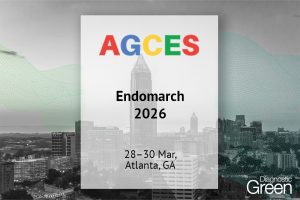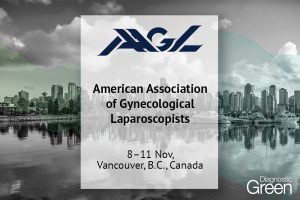Background: During a laparoscopic cholecystectomy, the critical view of safety is obtained through dissection of the gallbladder from the liver until there is anterior and posterior visualization of the cystic duct and cystic artery. This view is used to allow for proper identification of the cystic duct and artery that will be clipped and incised during the operation. Indocyanine green (ICG) can be used during the operation to directly visualize the biliary tract because of its excretion through the biliary system and elimination via the GI tract. Using a laparoscope capable of visualizing ICG allows for identification of bile duct anatomy to include: common hepatic bile duct, cystic duct, and aberrant, or accessory bile ducts. Additionally, visualization of the biliary structures using ICG prior to clipping and incision will allow for identification and prevention of missed biliary anatomy which could reduce incidence of bile leak, a known complication of cholecystectomies. We propose that visualization of the critical view of safety with ICG fluoroscopy be termed the critical view of safety plus.
Purpose: We hypothesized that using the critical view of safety plus method for laparoscopic cholecystectomy will yield better scores and increase the decision of the control surgeon to choose to cut and proceed with the operation when compared with the traditional critical view of safety.
Research design: Comparision of operative photos of critical view of safety and critical view of safety plus which were randomized, double blinded, and graded by a single control surgeon.
Study sample: Our study consisted of fifty patients of which 72% female (n = 36) and 28% male (n = 14). The ethnic background included 76% non-Hispanic (n = 38) and 24% Hispanic or of Latino/a origin (n = 12). The average age of our patient was 49 years old (range 20 to 93 years old). Inclusion criteria consisted of patients undergoing laparoscopic cholecystectomy greater than or equal to 18 years old. Exclusion criteria included allergy to indocyanine dye or iodine and pregnancy.
Analysis: The scores were evaluated using Chi-squared and paired T-test analysis using MedCalc, MedCalc Sofware Ltd, Belgium.
Results: The decision to cut and proceed with the operation was chosen 29 times (58%) when viewing the critical view of safety plus vs 22 times (44%) with the critical view of safety (χ2 = 65.822, p < 0.0001). The decision to proceed with further dissection to isolate the cystic duct viewing the critical view of safety plus was chosen 8 times (16%) vs 11 times (22%) with critical view of safety (χ2 = 65.822, p < 0.0001) as shown in Fig. 2. The comparison of total scores with critical view of safety plus vs critical view of safety showed an average of 4.36 vs 4.04, p = 0.0733. The critical view of safety plus and critical view of safety individual criteria scores are: “two structures connected to the gallbladder” (average 1.54 vs 1.50, p = 0.598), “cystic plate clearance” (average 1.42 vs 1.28, p = 0.018), and “hepatocystic triangle clearance” (average 1.4 vs 1.26, p =0.0334).
Conclusion: We recommend routine use of ICG fluoroscopy to obtain the critical view of safety plus to allow for improved visualization of the biliary tree, identification of aberrant biliary anatomy, and the potential to reduce risk of bile duct injury.




